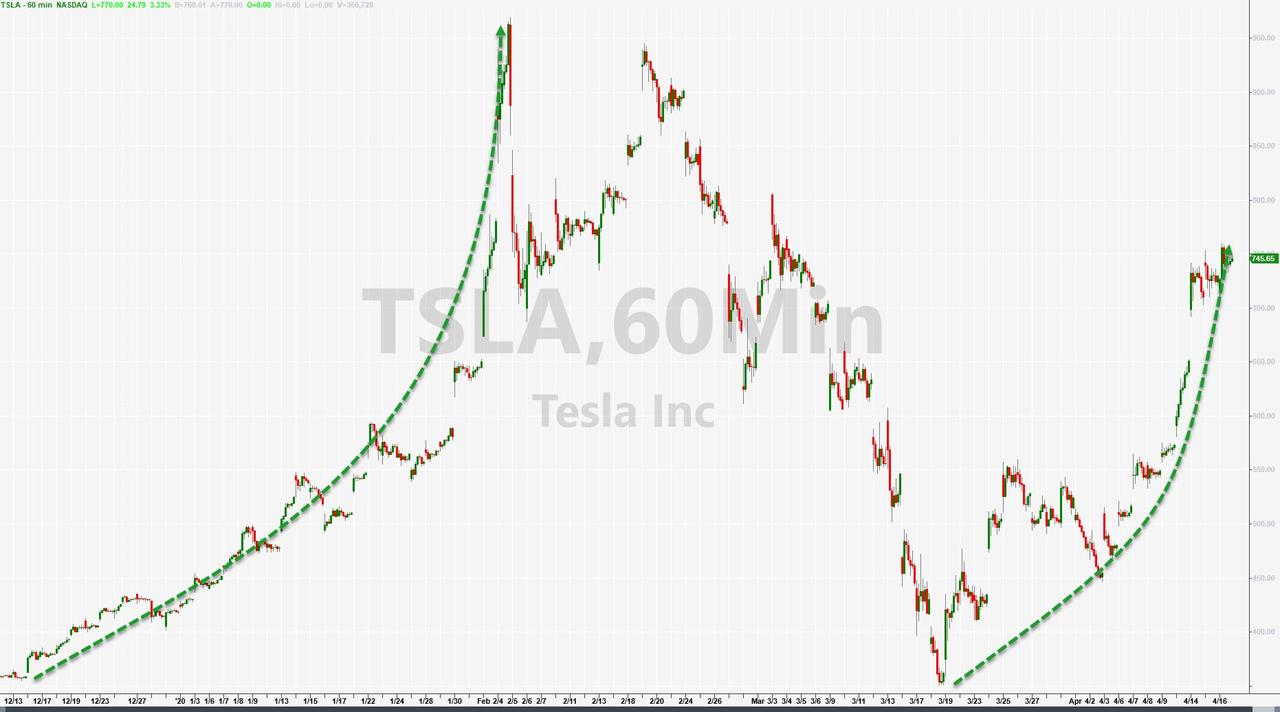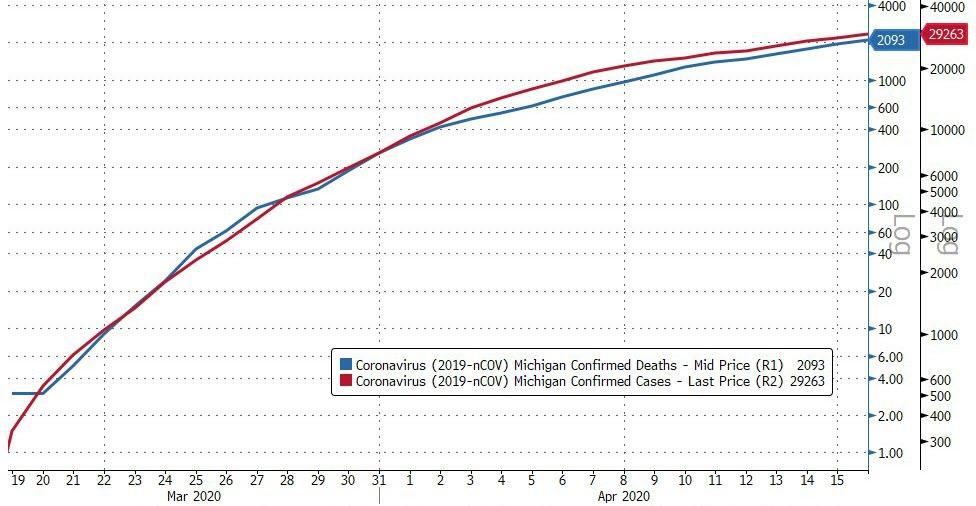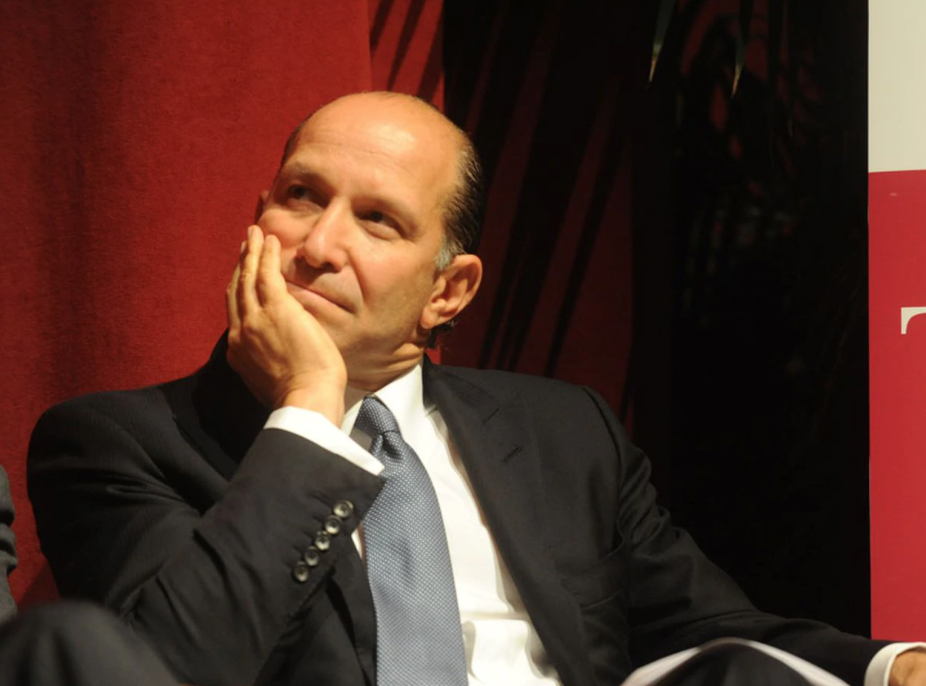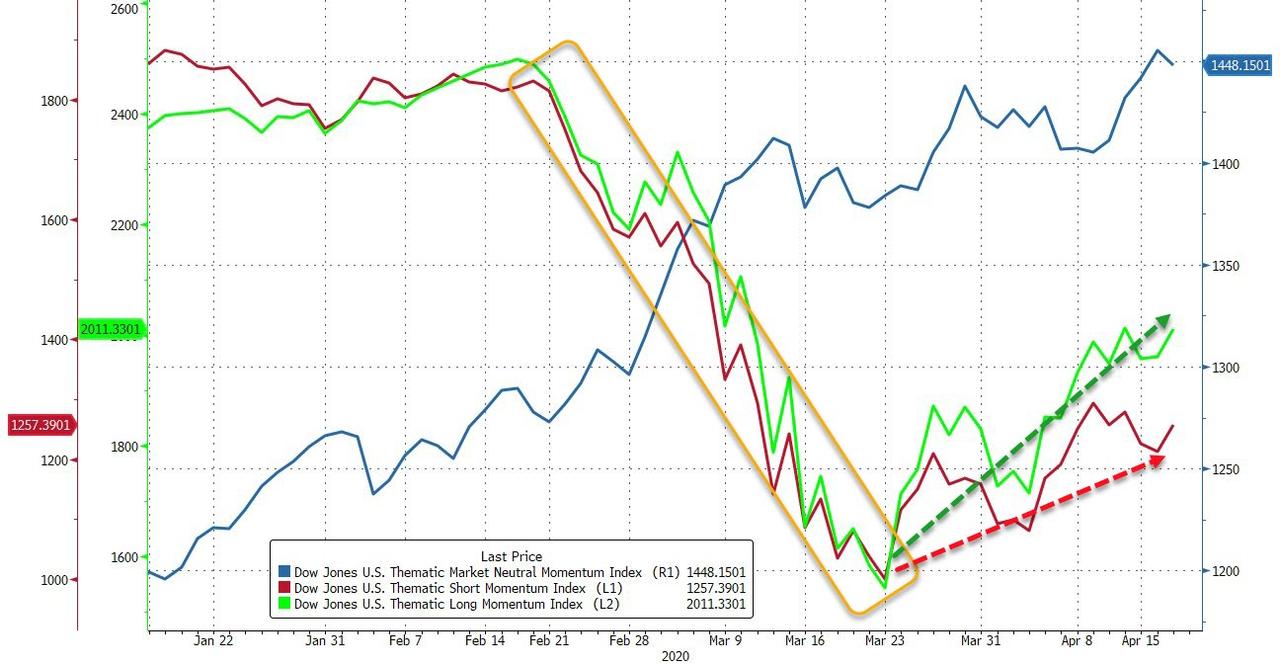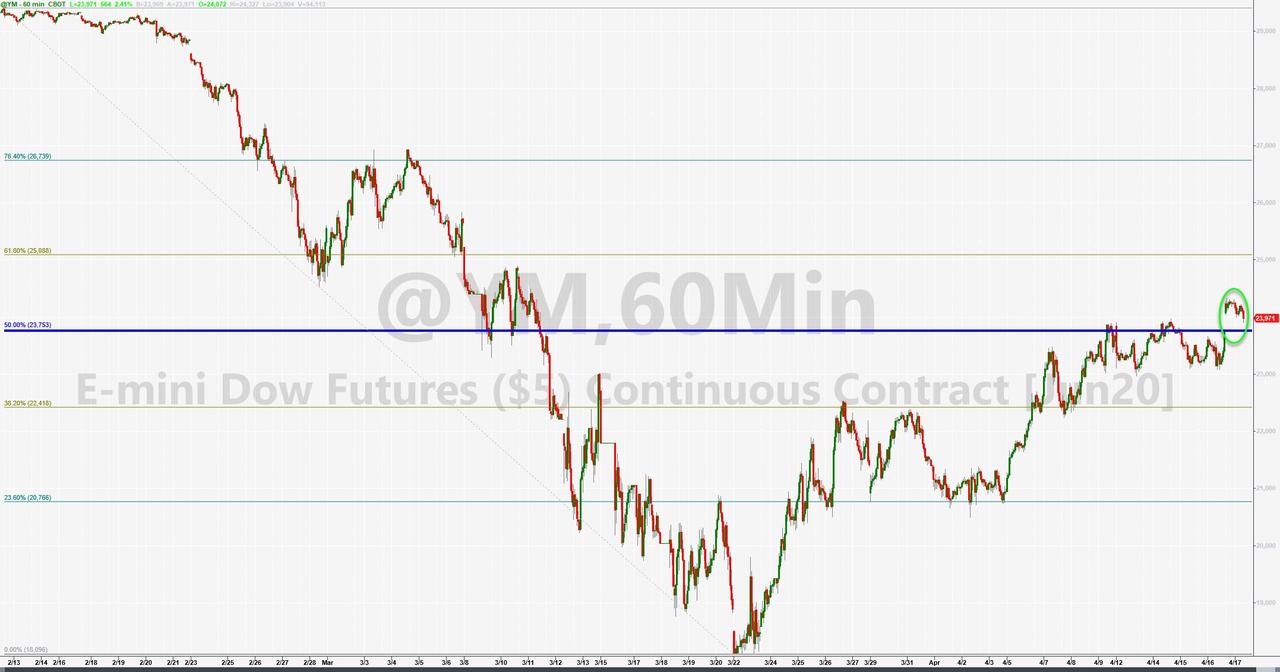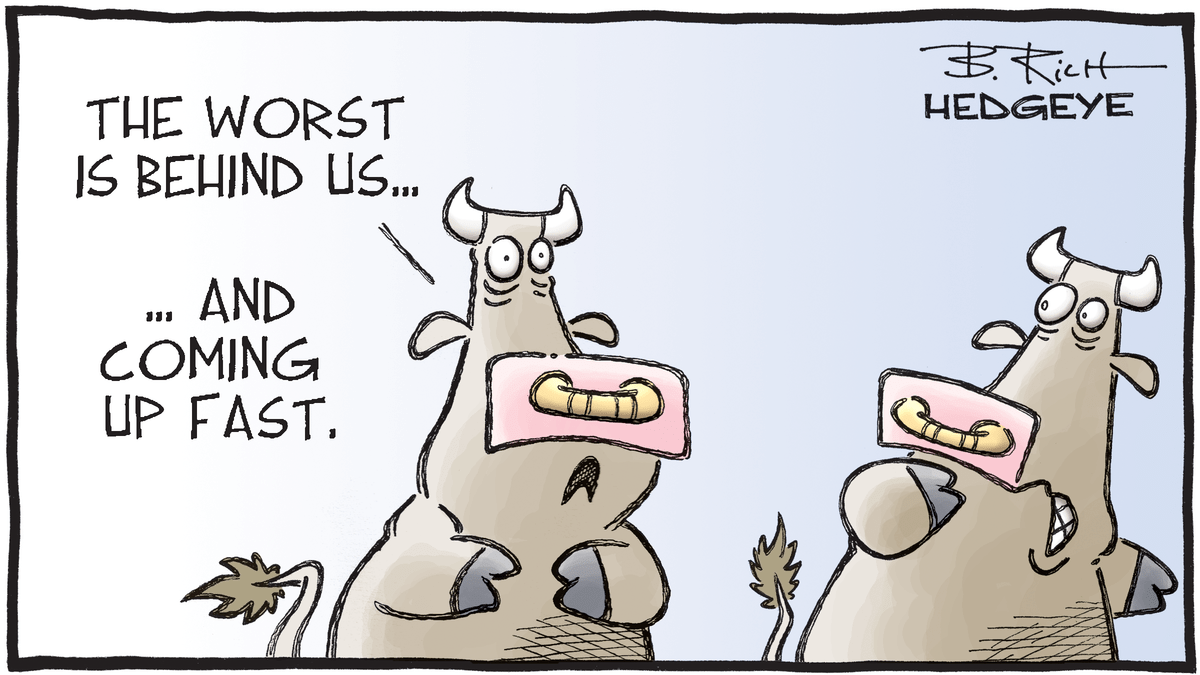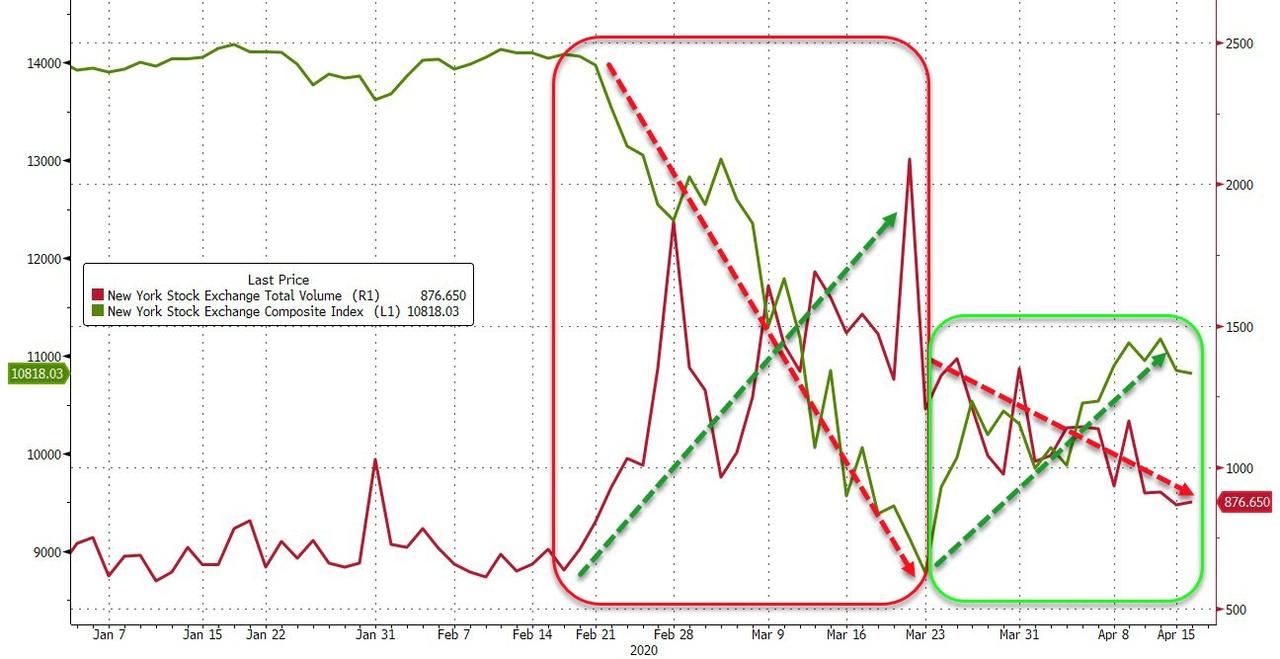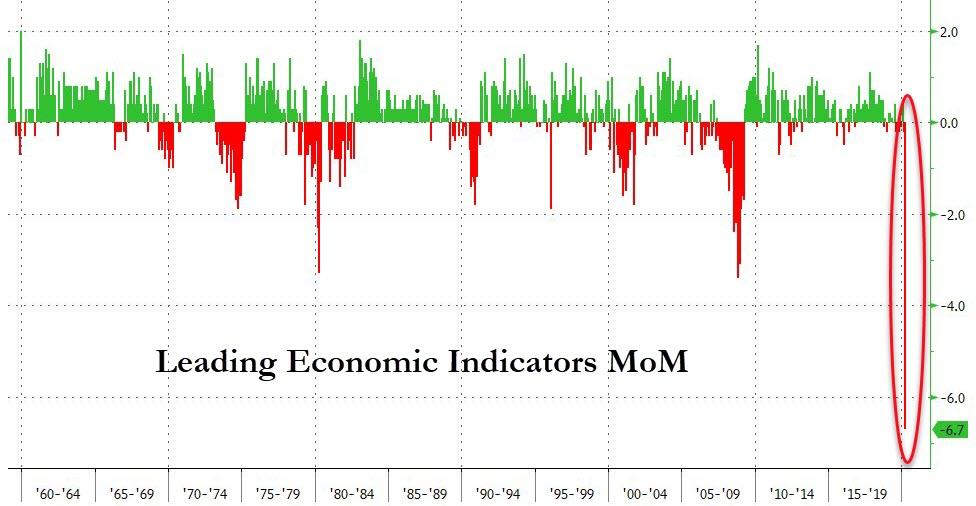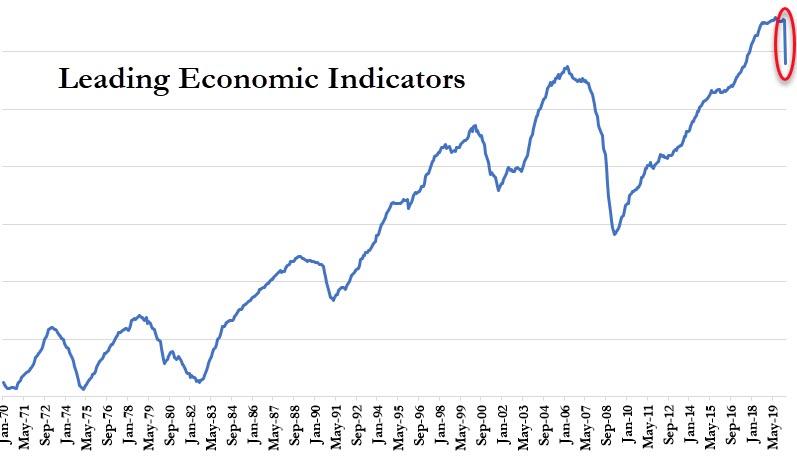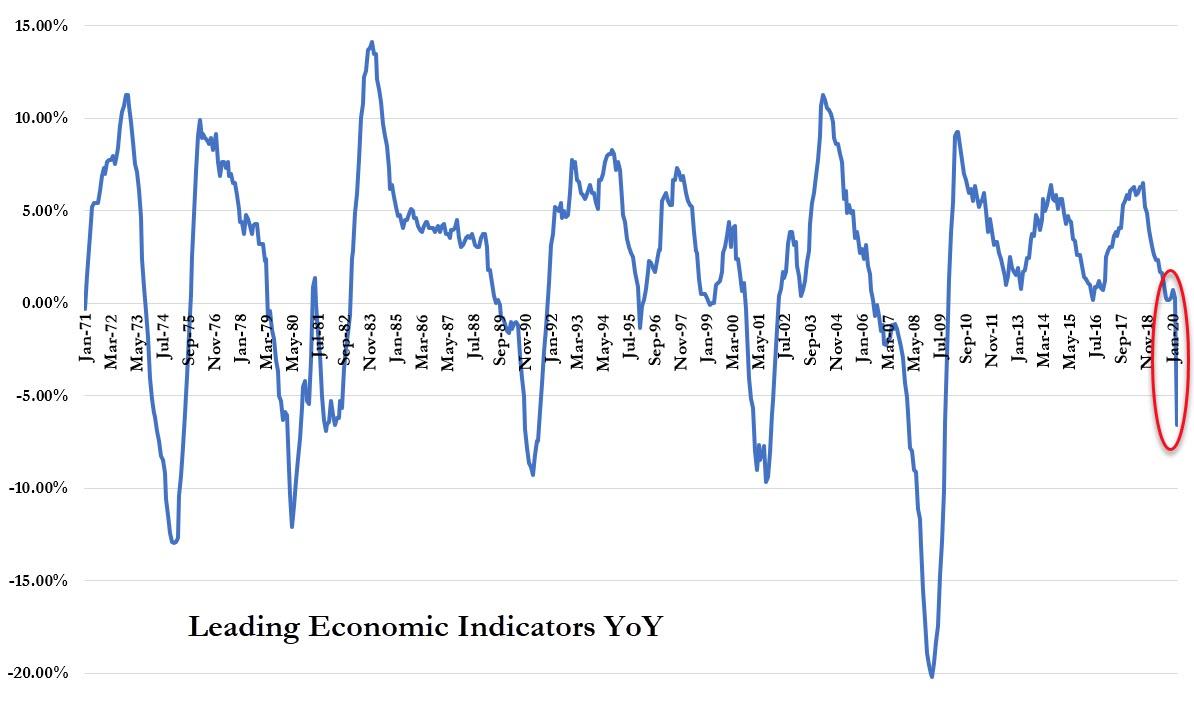From Wednesday’s decision in Facebook, Inc. v. Pepe, handed down by a three-judge panel of the D.C. Court of Appeals (D.C.’s equivalent of a state supreme court):
Mr. Pepe’s subpoena sought evidence from Facebook supporting his defense to then-pending criminal charges arising out of the shooting of Marquette Brown on December 6, 2018. Mr. Pepe claimed he shot in self-defense after Mr. Brown and his associates, who had been threatening him, surrounded him on an A6 bus and pursued him when he got off and tried to walk away from them.
Shortly before this encounter, Brown allegedly sent Pepe a disappearing Instagram “Story” in which Brown menacingly bragged that he had been carrying a weapon during one of their previous confrontations and warned Pepe not to ride the A6 bus. Mr. Pepe had not preserved and no longer possessed this Story. It was not included in the voluminous records that Facebook had produced to the government from Mr. Pepe’s Instagram account in response to a search warrant (which records the government turned over to Mr. Pepe in pretrial discovery).
In an effort to obtain the evanescent Instagram Story and other potentially helpful evidence of Brown’s threats, Mr. Pepe asked the Superior Court to authorize an ex parte subpoena to Facebook …. {As we understand Facebook’s counsel to have clarified at oral argument, a Story that has expired from both the sender’s and the recipient’s platform may still be archived by Instagram within the sender’s account and therefore be producible by Facebook even if it is inaccessible to the sender.} The subpoena sought (1) communications from Brown’s Instagram account to Pepe’s account, and (2) non-content information pertaining to Brown’s account, such as message headers identifying other Instagram accounts with which Brown had communicated around the time of the shooting. The trial court approved the ex parte subpoena and found that “exceptional circumstances” existed to dispense with requiring notice of the subpoena to Brown….
Facebook moved to quash the subpoena, but lost on that; and the court also ordered Facebook not to disclose the existence of the subpoena to anyone (including the prosecution and Brown) until it had complied with it. (Facebook had said it wanted “to disclose the existence of the ex parte subpoena to the government or Mr. Brown so it could explore whether the requested information could be procured without the subpoena—for example, if the government were to obtain a warrant for the information and thereafter produce it to Mr. Pepe.)
[T]he trial court found “(1) that Mr. Pepe has a compelling interest in having his defense theory, strategy, and investigation remain confidential, that (2) sealing would serve that interest, (3) that in the absence of sealing, that interest would be harmed, and (4) that there are no alternatives to sealing.” The court further found, as required by Rule 17(c)(3), that “exceptional circumstances” justified not giving notice of the subpoena to Mr. Brown, “including the likelihood that ‘evidence might be lost or destroyed … or where the defense would be unfairly prejudiced by premature disclosure of a sensitive defense strategy.'” Accordingly, the court ordered Facebook not to disclose the existence of the subpoena to any other person or entity, with the exception of its own counsel, until after Facebook had complied with the subpoena….
[W]itnesses and other third parties in possession of evidence relating to a civil or criminal proceeding generally have a robust First Amendment right, whether they are under subpoena or not, to speak freely about their knowledge and their involvement in the proceeding whenever and with whomever they please. This right extends to sharing the evidence they possess with either side in the litigation; witnesses do not belong to one side or the other. We do not say the right is absolute; in exceptional circumstances it may be subject to reasonable curtailment. But deviations from the norm of non-constraint require strong justification.
The judicial order in this case mandated that Facebook refrain from discussing the subpoena for its evidence with anyone (except its counsel). Such a “naked prohibition against disclosure[]” of its involvement in this litigation “is fairly characterized as a regulation of pure speech.” That regulation is both content-based, because it prohibits the discussion of a particular topic (the subpoena), and a prior restraint on speech, as it “forbid[s] certain communications … in advance of the time that such communications are to occur” or before the speaker has the opportunity to make them. Content-based prior restraints are normally subject to review under strict scrutiny, and prior restraints come with a “heavy presumption” against their constitutional validity. A content-based prior restraint violates the First Amendment unless it serves a compelling state interest and is narrowly tailored so as to “limit[] speech as little as possible.” …
Mr. Pepe cites cases arising in other contexts—e.g., where a litigant or third party seeks to disclose confidential information learned in discovery—in which the would-be speaker’s involvement in litigation or investigation has been held to allow restraints on speech under a standard somewhat less rigorous than strict scrutiny. In one such context (involving orders or regulations restraining speech about pending trial matters by prosecutors or defense attorneys), that standard has been articulated as requiring a litigant to show that without the order a “substantial likelihood of prejudice” will result….
The [Stored Communications Act] cases concerning similar government requests have rejected the application of standards less exacting than strict scrutiny. For example, in Matter of Search Warrant for [redacted].com, the court acknowledged that a § 2705(b) nondisclosure order was “akin to a protective order limiting the disclosure of information learned in pretrial discovery,” yet still applied strict scrutiny because, unlike in the protective order context, the service provider did not “‘gather’ the information in question from the government, with the aim of advancing [their] interests in a lawsuit;” that is, the provider, like Facebook in this case, did not itself choose to obtain the information in question…. While a defendant’s subpoena may not implicate privacy concerns identical to the law enforcement surveillance of internet users’ electronic activity, the court approval of a private litigant’s gaining access to the account information and communications of others certainly implicates “core” First Amendment issues of governmental affairs and accountability.
We do not deny the possibility that the risks Mr. Pepe identified could be great enough to pose a substantial likelihood of prejudice to his defense and/or satisfy the compelling interest test. {See In re Search Warrant Issued to Google, Inc., 269 F. Supp. 3d at 1215 (§ 2705(b) order to prevent destruction or tampering with evidence or interference with investigation would satisfy compelling interest test). Nor do we intend to cast doubt on the propriety, under the First Amendment, of the relatively routine issuance, at the trial court’s discretion, of protective orders in Superior Court over the government and the defense themselves where a party makes a “particularized, specific showing” that pretrial disclosure of certain materials would interfere with the privacy interests of others, posing a concrete risk of harm. United States v. Dixon, 355 F. Supp. 3d 1, 4 (D.D.C. 2019); see also Harris v. United States, 594 A.2d 546, 549 (D.C. 1991) (holding “it was not unreasonable for the trial court to place a temporary and limited restriction” on defense counsel’s sharing of potential Jencks Act material with his client “during the period of time it took the court to complete the screening of that material”). We see no reason why a showing of such a protectable interest would not ordinarily be sufficient to indicate that the order is “necessary to ensure a fair trial … or prevent the abuse of the discovery process.”}
Generally speaking, criminal defendants “should be permitted to make an ex parte application for pretrial production of documents” under Rule 17 “where notice of a subpoena duces tecum would compromise defense counsel’s trial strategy.” And, in assessing whether further nondisclosure orders over the subpoena are justified, or whether notice to a victim should be delayed under Rule 17(c)(3), attention to circumstances where notification could result in evidence spoliation is important. If a third-party subject to a discovery order loses or destroys evidence, it might prove difficult to fashion appropriate remedial sanctions, unlike circumstances in which courts can address, through sanctions or dismissal, the government’s failure to preserve discoverable evidence.
Merely raising these risks, however, is not enough to support the curtailment of a subpoenaed party’s First Amendment rights. As the Superior Court noted, the government was fully aware that Mr. Pepe was asserting a self-defense theory, and defense counsel had even emphasized the potential strength of the defense claim to the government. The government may have been unaware of the nature of the photo and video evidence Mr. Pepe sought, but it is unclear (and he has not shown) how his defense would have been harmed if the government were to learn of it. {A party’s common strategic desire to keep potentially favorable evidence under wraps until the eve of trial is not a substitute for a showing that pre-trial disclosure of the evidence at issue in this case would in some way “compromise defense counsel’s trial strategy.” Superior Court Criminal Rule 16 provides that if a party intends to “use the [evidence] in [their] case-in-chief at trial” they must permit their opponent to inspect it upon their opponent’s request.}
Moreover, it is far from a foregone conclusion that the government would have learned what Mr. Pepe was seeking had Facebook been permitted to inform the government of the existence of the subpoena. The subpoena does not disclose that information, and the [Stored Communications Act] likely would have prevented Facebook from disclosing the contents of the requested communications and records to the government without a warrant or the consent of either Mr. Pepe or Mr. Brown. So Mr. Pepe did not establish a substantial risk that Facebook’s disclosure of the existence of his subpoena to the government would even result in revealing any additional details of his self-defense strategy.
Mr. Pepe also did not show an appreciable risk of spoliation. It is true that at the time the Superior Court entered the nondisclosure order, Facebook had not yet represented that it had secured the requested materials, leaving their alteration or destruction a conceivable possibility. However, the likelihood that notice of the subpoena to the government or Mr. Brown would have led to interference with or the deletion of the evidence Mr. Pepe sought was speculative. We think it highly unlikely that informing only the government of the subpoena would have introduced any risk of spoliation; the government would have no interest in allowing evidence to be destroyed and therefore no interest in informing Mr. Brown or his associates of the request without appropriate precautions.
Nor does the record make clear that Mr. Brown or others would have been able to destroy information in Facebook’s possession responsive to the subpoena even if they wanted to do so. {We must discount, as entirely hypothetical, the possibility that Brown, or his associates, might have been inspired and able to destroy other, unknown electronic evidence of value to the defense.} But even assuming the danger of spoliation of the subpoenaed material was sufficient to justify a protective order of some kind and duration before Facebook secured that material, that danger would, and did, cease after Facebook did so.
Because Facebook had the ability to preserve the information subject to Mr. Pepe’s request, the order barring disclosure until after Facebook had complied with the subpoena was more restrictive than was “essential to the protection of the particular [defense] interest involved,” and therefore interfered excessively with Facebook’s First Amendment rights. It would have been enough for the order to allow disclosure on Facebook’s assurance (which it provided when it first appealed the nondisclosure order) that it had preserved the requested materials from possible loss or destruction.
from Latest – Reason.com https://ift.tt/2VhDpCR
via IFTTT

